News
Altcoin News
Altcoin News
Browse all Altcoin related articles and news. The latest news, analysis, and insights on Altcoin.
SHELL Comment and Price Analysis - September 15, 2025
SHELL Technical AnalysisAnalyzing SHELL chart on a daily time frame, we can clearly see that there is a descending channel pattern. The price of the coin bounced from the lower border of the channel and has now reached the upper border of it. This level intersects with the short-term downtrend line and the horizontal resistance level $0.1450–$0.1500, which worked as a resistance previously. We will get the first signal of the trend shift technically if we can see daily closings above the range between the levels $0.1450–$0.1500. Trending Theme It is clearly seen on the chart that the level $0.1317 has played a crucial role for some time via support/resistance flips. SHELL is currently trading at around the level $0.1420, and the next horizontal resistance levels $0.1682, $0.1800, and the zone between the levels $0.1937–$0.2100 would be the targets if the price can hold above $0.15. The door for a wider bullish structure on the weekly chart could be opened if we see a daily close above $0.1937.According to a bearish scenario, the price could pull back to the support area $0.1317–$0.1350 if it gets rejected from the resistance and the channel’s upper border. We should be following this zone in particular as it aligns with both the channel’s midline and horizontal support. The range between the levels at $0.1200–$0.1100 could be retested in case of a deeper correction.These analyses, not offering any kind of investment advice, focus on support and resistance levels considered to offer trading opportunities in the short and medium term according to the market conditions. However, traders are responsible for their own actions and risk management. Moreover, it is highly recommended to use stop loss (SL) during trades.
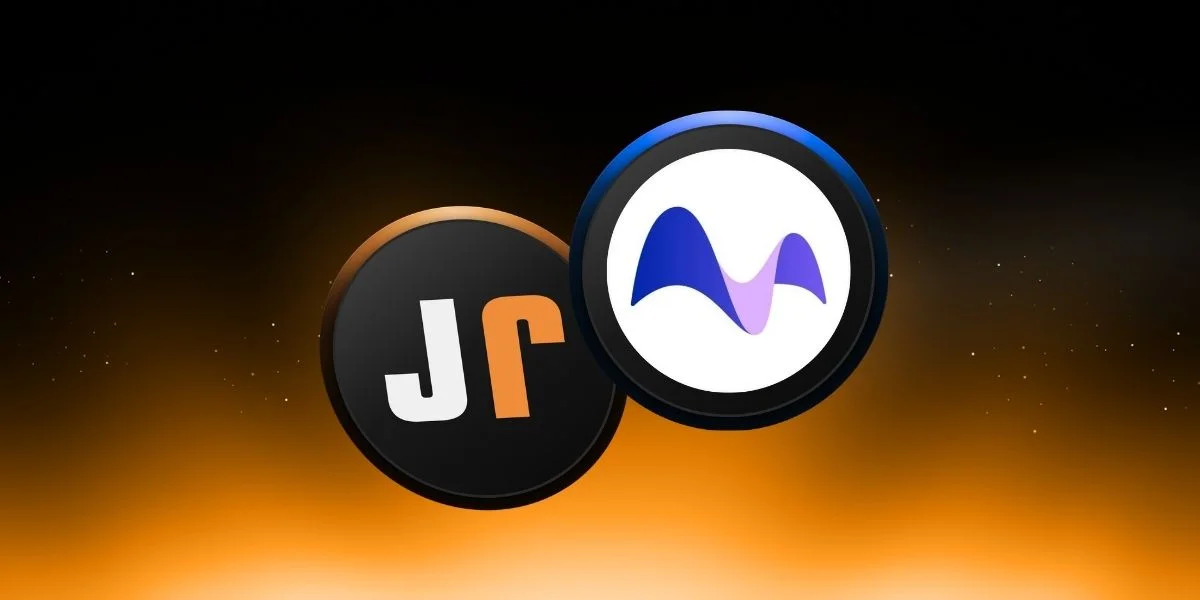
SAGA Comment and Price Analysis - September 15, 2025
SAGA Technical AnalysisAnalyzing SAGA chart on a daily time frame, we can see a symmetrical triangle pattern forming for more than three months, and the price is currently testing the upper border of the formation – $0.275–$0.28 – and this resistance zone is strong. Symmetrical Triangle Formation According to the formation, the lower border of it is forming higher lows around the level $0.2219, and this suggests that buyers are stepping in at higher levels during each pullback of the price. It can be stated that a breakout of the formation above is highly likely.SAGA is currently trading around $0.2735. We have the first resistance level at $0.32 in case the price holds above the formation. This resistance level has been tested a few times in the past two months, and it has worked well. We can expect the price to surge to the level $0.3672 and then to $0.44 if the price manages to break above the resistance.According to a bearish scenario, a drop to the range between the levels at $0.260–$0.2480 is likely to signal a correction toward the lower border of the triangle formation. If the price fails to hold above this area, SAGA may retest the key support zone at $0.22–$0.23.Summary:SAGA is trying to break out of the consolidation it has been in for a long time. Both the technical structure and macro news flow support bullish momentum. However, this breakout must be confirmed with volume. Otherwise, a pullback toward the lower boundary of the triangle remains a risk.These analyses, not offering any kind of investment advice, focus on support and resistance levels considered to offer trading opportunities in the short and medium term according to the market conditions. However, traders are responsible for their own actions and risk management. Moreover, it is highly recommended to use stop loss (SL) during trades.
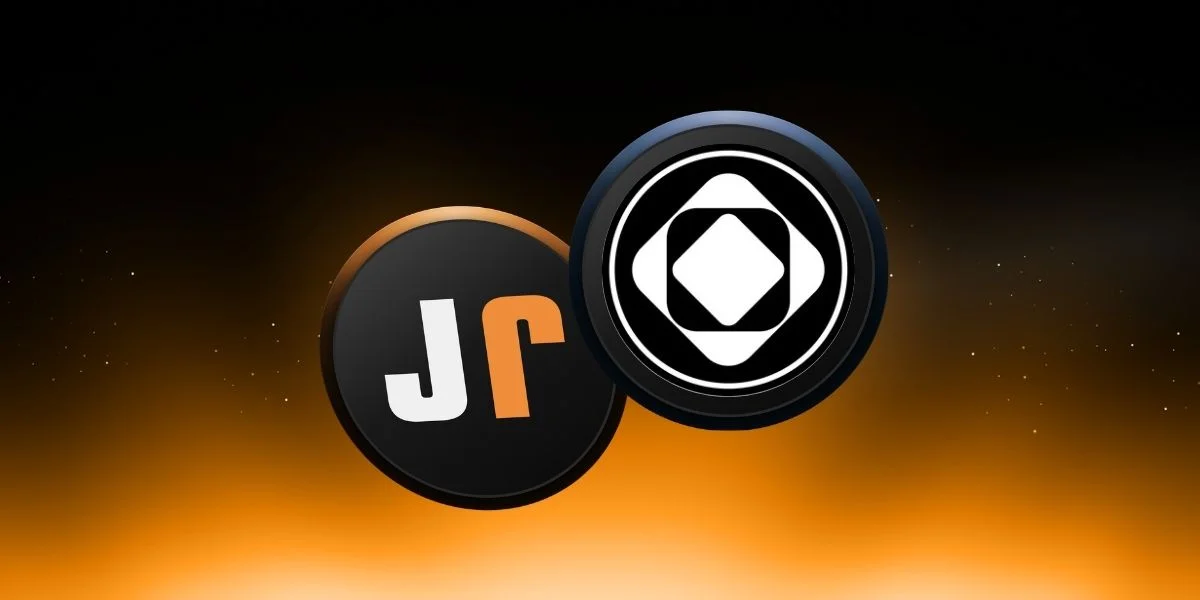
New Altcoin Backed by Giants Listed on Binance and 7 Major Exchanges: Price Breaks Record
Avantis (AVNT), one of the most notable projects in the cryptocurrency market in recent days, has seen a sharp rise following its listings on major exchanges. The token, reportedly backed by Coinbase's Base and Pantera Capital, surged over 50 percent earlier today, reaching an all-time high of $1.54. Trading volume also increased by 37 percent to $633 million. Coinbase led this rally, accounting for 31 percent of the total volume.Simultaneous listings on Binance, Upbit, and BithumbWith today's announcements, Avantis made waves in the market by listing on three major exchanges on the same day. Upbit, one of South Korea's largest crypto exchanges, announced that AVNT will be traded in Korean Won (KRW), Bitcoin (BTC), and Tether (USDT). Trading began on September 15 at 1:30 PM KST. Upbit emphasized that users can only transfer via the Base network and that the contract address must be verified correctly. Following Upbit, Bithumb also announced the listing of AVNT. Trading opened there in the same time zone, and the token's starting price was set at 1,140 KRW.Finally, Binance announced that AVNT will be traded in USDT, USDC, and Turkish Lira (TRY) pairs. With trading commencing at 8:00 AM Turkey time, the token was also temporarily available on Binance Alpha. However, it was announced that it would not be visible on the Alpha platform after spot trading began, and AVNT would be seeded.Despite being a young project, Avantis launched only last week, it quickly gained global reach. Built on the Base network, Avantis is a decentralized exchange designed for perpetual futures. AVNT, the platform's governance and utility token, distributed 12.5% of its total supply, completely unlocked, via airdrop during the token generation event (TGE). This move helped build a strong community early on. Listed on leading exchanges such as Coinbase, Bybit, Gate, Bitget, and KuCoin, the token significantly increased its global liquidity with today's news on Binance, Upbit, and Bithumb. This boosted investor confidence and led to sharp price momentum.Notable price movementLooking at the last 24 hours, the AVNT price, after an extended period of sideways movement, saw a sharp rise following the listing news. The price quickly rose from $0.80 to over $1.50. Although a slight correction followed, the token managed to hold above $1.20. This rise also led to a rapid expansion in Avantis's market capitalization. Analysts state that AVNT's rapid momentum was largely fueled by the listing news, but the project's vision of a perpetual futures platform also increased investor interest. Exchange listings, particularly in the Asian market, strengthened the token's liquidity, and with the support of global giants like Binance, Avantis is expected to reach a broader user base in the medium term. Avantis' roadmap includes new product developments and expansion plans within the Base ecosystem. Therefore, in addition to post-listing price movements, investors are also focused on the platform's future innovations.
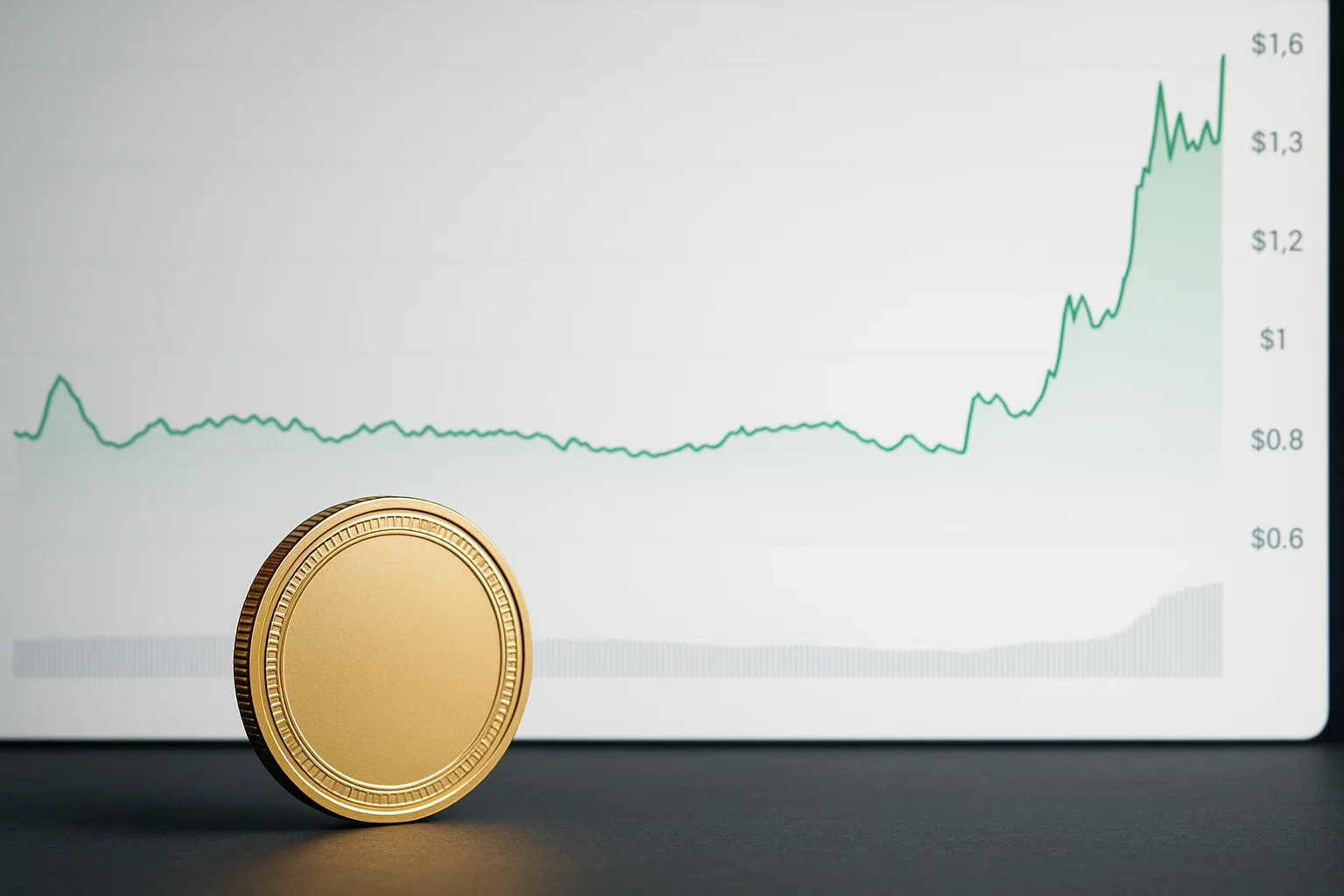
The Great Race for Hyperliquid Has Concluded: The Winner of USDH Has Been Announced
The long-awaited USDH stablecoin competition in the Hyperliquid ecosystem has concluded. Native Markets, a key team in the ecosystem, has secured the right to use the USDH ticker following a vote and is preparing to launch the testing phase of the new stablecoin shortly.The voting process marked a critical turning point for the Hyperliquid community. Institutional and crypto-native firms such as Paxos, BitGo, Ethena, and Frax participated in the competition. However, Native Markets stood out with its proposal and community support. The team, which secured the support of a two-thirds majority of HYPE holders in the on-chain vote, will be responsible for issuing USDH.Native Markets will launch the USDH stablecoin on Hyperliquid's smart contract network, HyperEVM. The company stated that reserves will consist of both off-chain and on-chain assets. According to the official proposal document, cash and US Treasury bonds will be managed by BlackRock, while on-chain reserves will be managed via the Bridge infrastructure connected to Stripe through Superstate. This aims to make USDH a fully collateralized, dollar-backed stablecoin.The new stablecoin's returns will be split into two channels: HYPE token buybacks and incentive programs to enable broader use of USDH within the ecosystem. Native Markets will initially launch a test phase with limited minting and buybacks. The USDH/USDC trading pair will then be opened, with limits gradually lifted. This process is expected to begin within a few days.The competition also marked the first major on-chain governance vote on Hyperliquid outside of routine listings. Native Markets submitted its proposal just 90 minutes after the call opened and subsequently revised it based on community feedback. The Hyperliquid Foundation, however, opted to remain neutral and abstained from the vote.USDC CompetitorThe launch of USDH is seen as a direct competitor to Circle's USDC, which currently dominates the Hyperliquid network with approximately $6 billion in reserves. However, it was announced that USDC and other stablecoins will continue to be traded on the network. This will require staking 200,000 HYPE, establishing a robust $1 peg mechanism, and maintaining a certain level of depth against USDC and HYPE.Native Markets stands out with its founding team of industry leaders. The team is led by Max Fiege, an early investor in Hyperliquid; Anish Agnihotri, an experienced blockchain researcher and developer; and MC Lader, former president and COO of Uniswap Labs.At the time of writing, Hyperliquid's HYPE token is trading at $53.75 and has fallen 0.5% in the last 24 hours.

APT Comment and Price Analysis - September 14, 2025
APT Technical AnalysisAnalyzing APT chart, we see that the descending channel pattern is still active. The price of the coin bounced from the level $4.06 and climbed to the middle border of the channel, and it is currently trading around $4.53, and there is a positive outlook in the mid-term.It is important that the price should hold above the level $4.44. If it does so, the first target ahead would be the resistance level $4.93. It is likely that APT will surge to the area between the levels $5.10 and $5.60 – upper border of the channel – if it can see daily closings above $4.93.Providing that the channel breaks with strong volume, the technical target extends upward by the height of the channel. According to this scenario, there is mid-term potential reaching the $6.18 → $6.39 → $7.10 levels. The ultimate target at $8.40 still remains valid.According to a bearish scenario, the $4.06 level stands as a key support. If this support is lost, the price may pull back to the lower border of the channel around the level $3.80, and possibly even to $3.30. Falling Channel Structure Summary:Current price is around $4.53It is considered positive if it holds above $4.44The first price target is $4.93, then $5.10–$5.60 zoneIn case of a breakout, the targets are $6.18 → $6.39 → $7.10Main target level is $8.40Below $4.06, $3.80–$3.30 is possibleThese analyses, not offering any kind of investment advice, focus on support and resistance levels considered to offer trading opportunities in the short and medium term according to the market conditions. However, traders are responsible for their own actions and risk management. Moreover, it is highly recommended to use stop loss (SL) during trades.
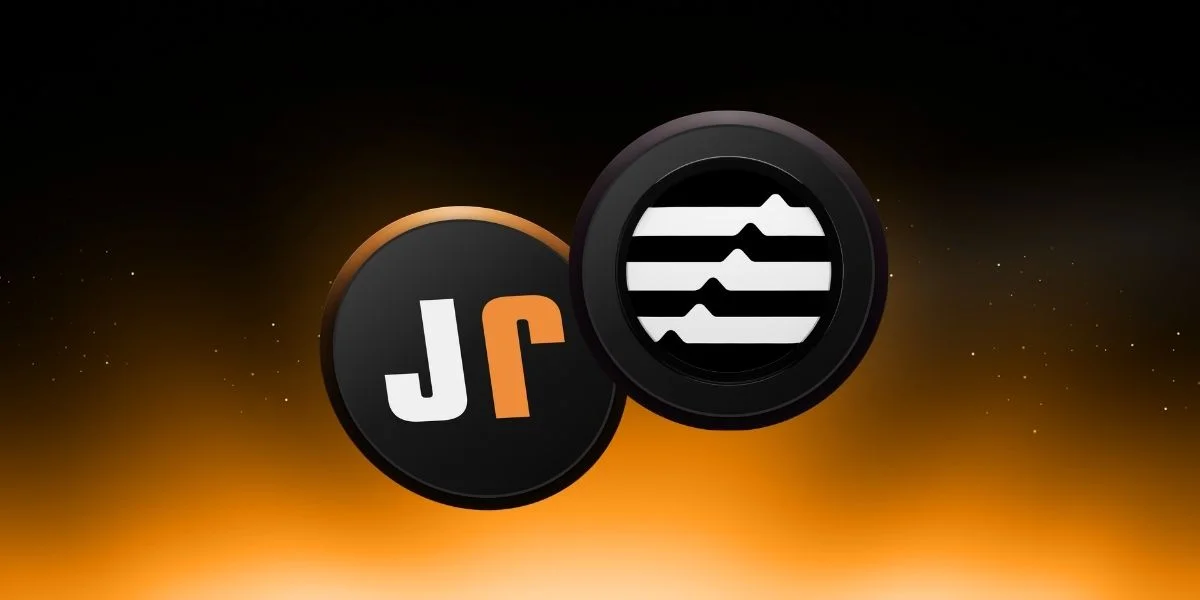
Big Decision from WLFI Community: Token Burn Process Begins
The World Liberty Fi (WLFI) community has launched a critical vote that will directly impact the platform's future. According to the new proposal, liquidity fees generated within the ecosystem will be used to purchase WLFI directly from the market, and these tokens will then be burned. This aims to gradually reduce the supply and create a deflationary structure for WLFI.The voting results are already largely clear. Although only six days have passed, 99% of the votes cast support the proposal, demonstrating broad consensus within the community. If the proposal is accepted, all fees generated from liquidity pools on the Ethereum, BSC, and Solana networks will be directed to purchase WLFI and then sent to the burn wallet. This method, implemented through direct market purchases rather than passive wallets or reserves, will both increase liquidity and create potential price support. Up to 1 million tokens can be burned dailyThe project's administrators state that the burn amount will vary depending on DeFi activity. Some rumors suggest the daily burn rate could reach up to 1 million tokens. However, the exact figure will be determined by trading volume and pool revenue.Although the deflationary model creates strong expectations, the WLFI price is currently trading sideways. At the time of writing, the token is trading around $0.19. Whale selling and low market demand have put pressure on the price. Despite this, some large investors are seen accumulating again.Whales are back in the gameAccording to on-chain data, a whale recently withdrew 35.71 million WLFI from the BitGet exchange, accumulating approximately $7.15 million worth of tokens in his own wallet. This move signals renewed confidence in the long-term outlook. However, not all whale traders are optimistic. According to Hyperliquid data, there are 12 large positions in WLFI, seven of which are short positions. The largest short position is around $3 million.However, previous wallet freeze discussions still raise questions for investors. Allegations that some users are struggling to withdraw their assets, while some privileged investors are more easily exiting, remain a hot topic. This has sparked discussions about the project's transparency.A Massive $9.8 Billion EcosystemWorld Liberty Fi has $9.8 billion in total assets, $9.2 billion of which is the WLFI token. This means that WLFI is not just a token for the project; it is also the core asset at the heart of the ecosystem. The platform's goal is to incentivize long-term user retention, increase participation in community voting, and expand the use of WLFI in the DeFi space.The burn process will begin next week, marking the beginning of a new era for WLFI. The market's response to this process will determine the project's future pricing and investor confidence.
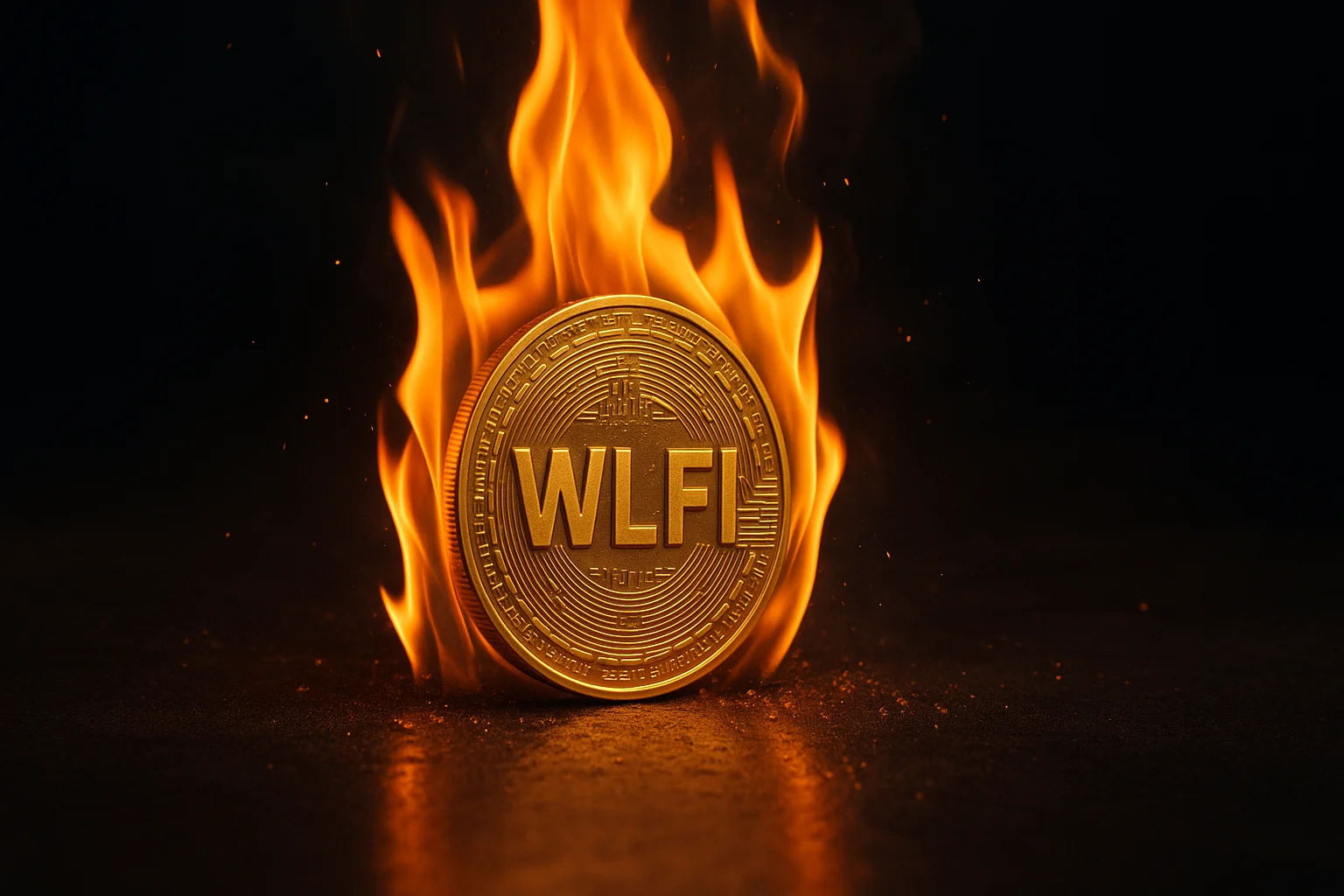
Galaxy Digital Buys $536 Million Solana: BNB Left Behind
Solana is once again in the crypto market. According to data from blockchain analytics platform Arkham Intelligence, Galaxy Digital acquired a total of 2.31 million SOL from Binance, Bybit, and Coinbase wallets in the last 24 hours. This amount is equivalent to approximately $536 million. Following the transaction, Solana's price rose 6 percent to $236.83, surpassing Binance Coin (BNB) for fifth place with a market capitalization of $126.4 billion. Galaxy's massive acquisition coincides with a significant investment the company recently announced. Galaxy, along with Jump Crypto and Multicoin Capital, led a $1.65 billion private equity investment (PIPE) in Nasdaq-listed Forward Industries. The company subscribed over $300 million under this deal. Forward Industries announced it would begin acquiring Solana with the funds raised, and its share price increased by 135 percent last week. These developments indicate that the trend toward institutional crypto treasury companies (Digital Asset Treasury (DAT)) is gaining momentum. These companies are pursuing a strategy of acquiring publicly traded companies and transforming them into crypto treasury companies. Forward Industries is one of the latest examples of this model. Galaxy and other investors aim to strengthen the company's Solana treasury holdings and become a major player in the ecosystem at an institutional scale.However, it's noteworthy that it's not yet clear whether Galaxy's $530 million SOL acquisition is directly linked to Forward Industries. Blockchain analytics platform Lookonchain suggests that Galaxy acquired Solana on behalf of Forward Industries, but no official confirmation has been made."Solana season" has arrivedGalaxy Digital founder and CEO Mike Novogratz stated this week that "Solana season" has begun, highlighting the market momentum coupled with strong institutional buying. Similarly, Bitwise CIO Matt Hougan emphasized in a note published this week that institutional treasury strategies and the imminent approval of the Solana spot ETF are supporting the cryptocurrency's upward trend. According to Hougan, Solana, which offers faster and lower-cost transaction advantages compared to Ethereum, will continue to be on the radar of institutional investors in the coming period.According to market data, publicly traded companies currently hold a total of 4.67 million SOL in their Solana treasuries. Galaxy's latest move is expected to further increase this amount.This strong institutional support for Solana is being interpreted as a harbinger of a new era for the market. If ETF approvals and institutional treasury strategies proceed as planned, Solana is expected to be one of the most talked-about assets in the crypto market in the coming months.
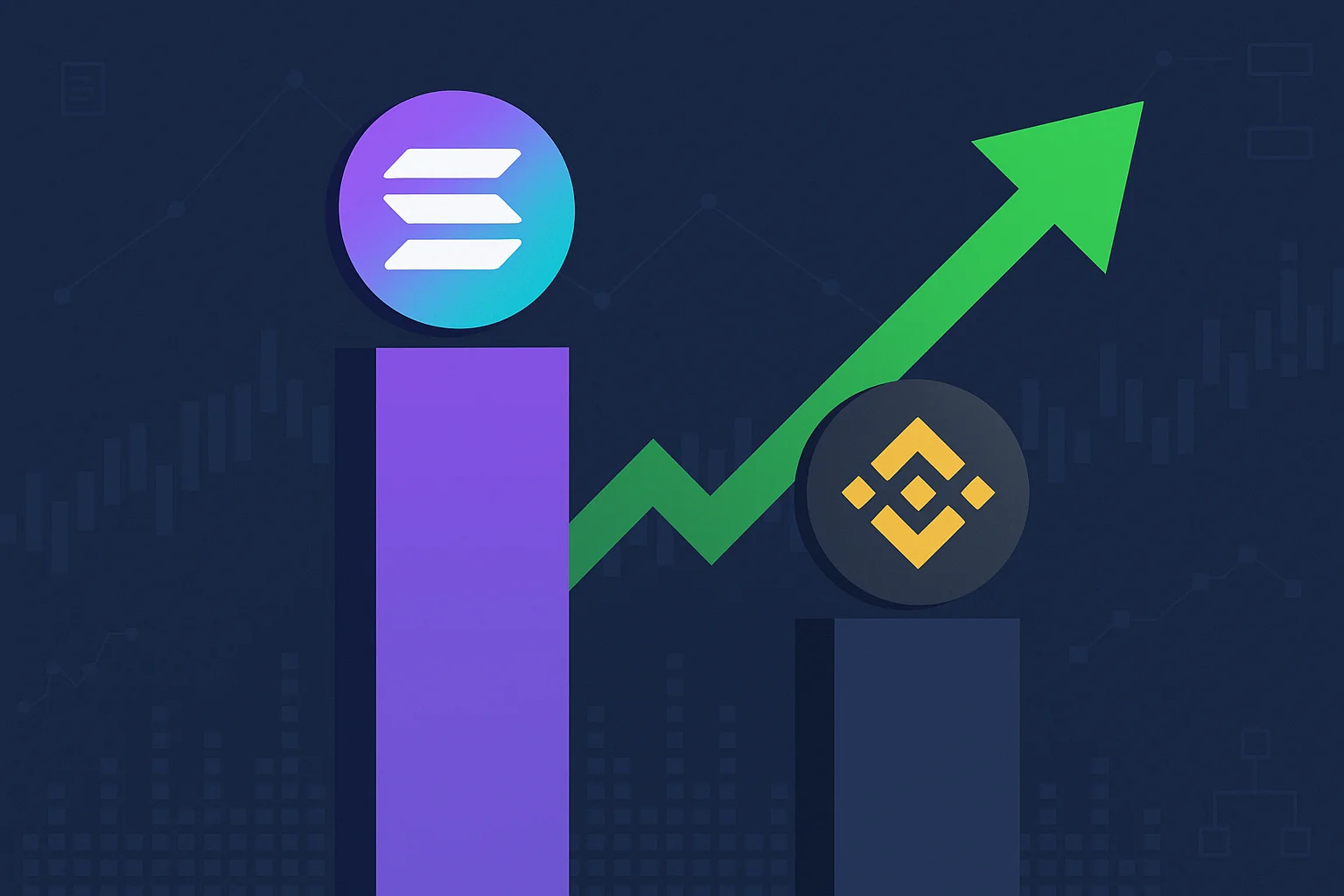
ETH Comment and Price Analysis - September 12, 2025
Ethereum (ETH) Technical AnalysisETH seems to have formed a classical symmetrical pattern on the 4-hour chart as it is moving within a descending trendline and a horizontal support. ETH is currently trading close to the upper border of the triangle, which may indicate that a breakout is very close. The price is trading around the level $4,410 for the time being. A strong move with volume from this level toward the upper border could trigger an upward breakout. Narrowing Triangle Structure The range between the levels $4,600–$4,650 seems to be a key horizontal resistance following the breakout. The first target could be the $4,800–$5,000 ATH level if the range gets broken upward. On the other hand, the area between the levels $4,200–$4,300 stands as a strong support. If this support gets broken downward, the price could pull back to the level at $4,000.We see that trading volume has decreased during the consolidation period, and this period suggests there could be a sharp move later. As we get closer to the end of the triangle formation, a rise in volume might confirm the direction of the breakout.These analyses, not offering any kind of investment advice, focus on support and resistance levels considered to offer trading opportunities in the short and medium term according to the market conditions. However, the user is responsible for their own actions and risk management. Moreover, it is highly recommended to use stop loss (SL) during the transactions.
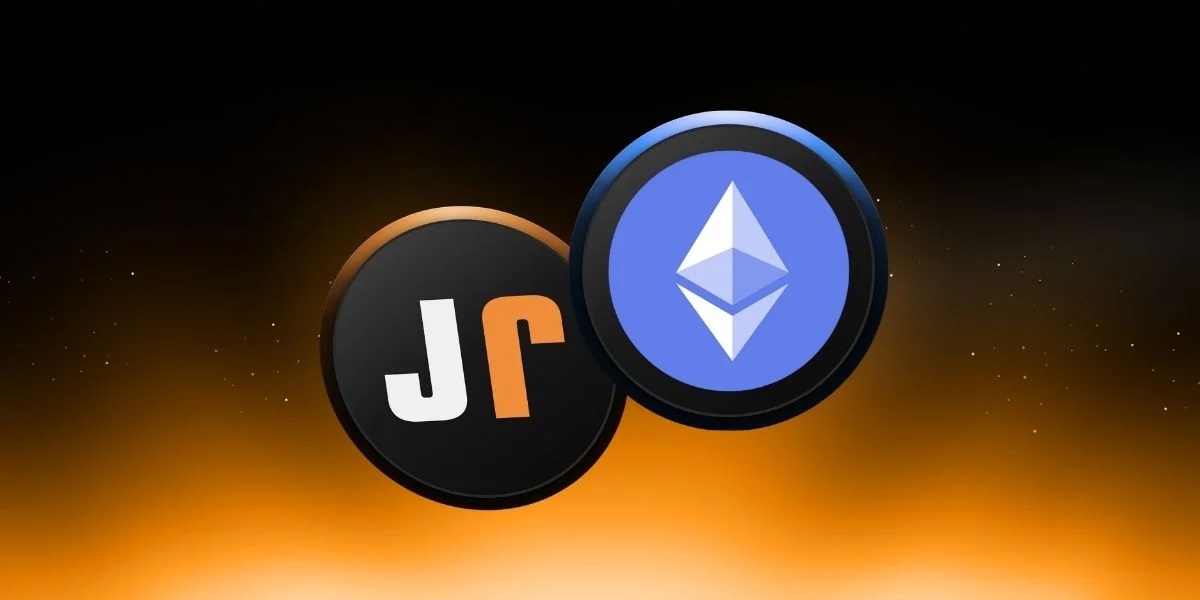
XRP Comment and Price Analysis - September 12, 2025
XRP/USDT Technical Analysis Triangle Formation Analyzing the XRP chart on a daily time frame, we see that the coin has been trading inside a narrowing triangle formation for a long time. From what we all know, such patterns generally end up with a breakout. XRP is currently trading near the upper border of the formation. A daily price closing above the level $3 would likely result in a breakout from the triangle formation.The compression increases as the formation draws near to its very end, and this makes the breakout direction more critical. XRP can be expected to target its short-term ATH around the level $3.60 if the price breaks above and is supported by high volume.The range between the levels $2.60 and $2.80, recently tested, has acted as a strong horizontal support and an area where buyers stepped in. This zone also serves as an important POI (point of interest) where support and resistance flips have been observed. The technical possibility of an upward breakout remains higher as long as the price holds above this support.The price of the coin could pull back to the levels at $2.50 and then to $2.05 in case the lower support of the pattern breaks downward. Yet, this bearish scenario is currently considered much less likely.We do not see a significant volume increase as the formation progresses; however, the volume to come in at the moment of a breakout near the resistance line will be crucial for the sustainability of the move. Therefore, both the price action and the volume confirmation of the breakout should be closely monitored.These analyses, not offering any kind of investment advice, focus on support and resistance levels considered to offer trading opportunities in the short and medium term according to the market conditions. However, the user is responsible for their own actions and risk management. Moreover, it is highly recommended to use stop loss (SL) during the transactions.
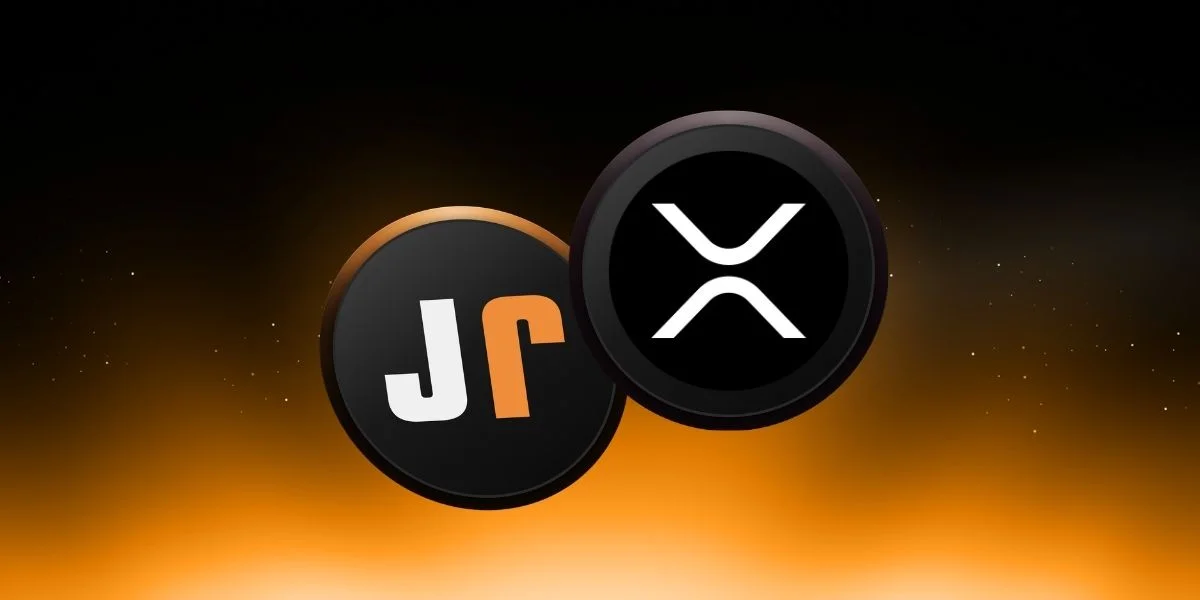
WLD Comment and Price Analysis - September 11, 2025
WLD Technical AnalysisWe have recently seen a crucial development which could have a great effect on the AI ecosystem. According to what WSJ wrote, Oracle and OpenAI signed a huge infrastructure deal amounting to $300 million. This massive deal is expected to bring huge demand for AI infrastructure and to increase the significance of ZK-ID based projects like Worldcoin. WLD Trend Breakdowns When we analyze WLD on a daily time frame, we see that it had been moving within a long-term descending channel and a symmetrical triangle. This pattern signaled an approaching decisive move. We had the upper border of the pattern around the level $1.17 while the lower border was around the level $0.90. With the help of great news, WLD saw a strong breakout of the pattern upwards. The price of the coin tested $1.82, and the formation played out well.The range between the levels worked as both support and resistance in the past but now it has turned into a support zone once again. We can state that the next major resistance levels to follow are $2.61 and $3.74 if the price can hold above $1.61–$1.82.To summarize, WLD had been trading inside a falling channel for a year and now it has broken above it. The mid-term general outlook is now positive as the upper border of the channel is behind us. Though we could see pullbacks down to the intermediate support levels, the general structure signals a bullish outlook.These analyses, not offering any kind of investment advice, focus on support and resistance levels considered to offer trading opportunities in the short and medium term according to the market conditions. However, the user is responsible for their own actions and risk management. Moreover, it is highly recommended to use stop loss (SL) during the transactions.
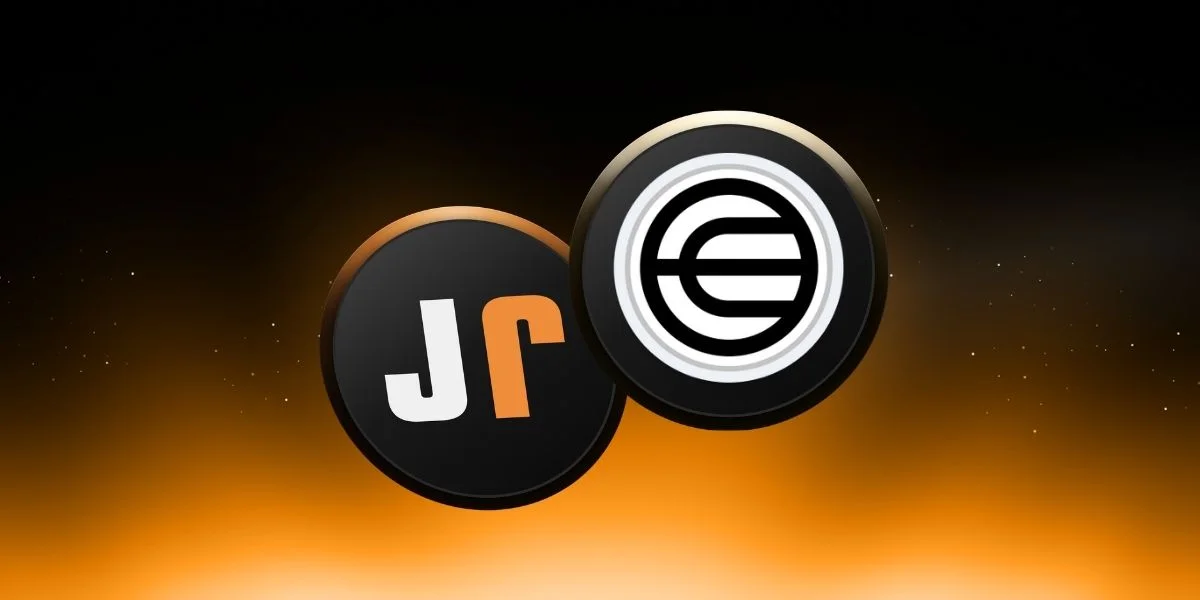
What is Linea (LINEA)?
Recently, an altcoin has been making headlines thanks to its listing on numerous exchanges and extensive airdrop process: Linea. Linea is a Layer-2 network designed to increase the scalability of the Ethereum blockchain. It uses zk-rollup (zero-knowledge-based) technology to process transactions in bulk outside the Ethereum main chain, prove their validity, and submit them to Ethereum. This allows for much faster and more cost-effective transfers compared to transactions on the Ethereum network. Because the Linea network was developed to be fully compatible with Ethereum (EVM-equivalent), smart contracts and applications on Ethereum can run on Linea without any modifications. ConsenSys, the developer of popular Ethereum tools such as MetaMask and Infura, is behind the project. Linea's native cryptocurrency, the LINEA token, was released to the community via an airdrop in 2025. Linea (LINEA) Definition and OriginsLinea can be simply described as a scaling solution for the Ethereum ecosystem. It emerged as a Layer-2 network to address Ethereum's high transaction fees and limited transaction capacity. This network maintains Ethereum's security and decentralization while processing transactions on its own and sending them to the Ethereum mainnet with a hash proof. This reduces congestion on the Ethereum main chain and improves the user experience. Linea's technical foundation is zkEVM technology, powered by zero-knowledge proofs (zkSNARKs). This technology cryptographically proves to Ethereum that transactions are valid and allows them to be validated without revealing transaction details.The emergence of the Linea project is part of a search for a solution to Ethereum's scaling problem. Initially known as ConsenSys zkEVM, the project was piloted by ConsenSys as a private testnet in late 2022. Then, in March 2023, ConsenSys launched a public testnet for its zkEVM solution and named the project "Linea." This test phase, announced with the "Linea" brand, generated significant interest in the Ethereum community. When announcing Linea, the ConsenSys team emphasized that it would integrate with the MetaMask wallet and Infura infrastructure, allowing developers to easily scale their applications without prior knowledge of the zk technology. The "Linea" in the project's name represents a line, a connection, between the Ethereum main chain and this second layer, representing a continuous data flow. ConsenSys, led by Ethereum co-founder Joseph Lubin, played a significant role in Linea's development, drawing on its experience and position within the ecosystem. Lubin founded ConsenSys in 2014 to support Ethereum's development and developed products like MetaMask, which have reached millions of users. Linea (LINEA) History: Major MilestonesThe Linea project has undergone several significant milestones throughout its development and launch. The key milestones in the history of the Linea network are listed below in chronological order:• December 2022: ConsenSys launched a private testnet for its zkEVM solution, which will run on Ethereum. At this early stage, the project was known as "ConsenSys zkEVM," and initial trials were conducted as a closed beta.• March 28, 2023: The public testnet was launched. ConsenSys released a public test version of its zkEVM-based Layer 2 network and officially renamed the project "Linea." With the announcement of Linea's public testnet, Layer 2 competition intensified, as rival projects Polygon zkEVM and zkSync Era also emerged around the same time.• July 2023: Linea Mainnet Alpha launched. Following a roughly three-month testnet phase, ConsenSys announced the first mainnet version of the Linea network at the EthCC event in Paris in July 2023. Initially, only select partners were granted access, and the network was soon publicly available. With this mainnet alpha release, over 100 projects and 5.5 million unique wallets participated in the testing process on Linea, with a total of 47 million transactions reported.• August 2023 - March 2024: Linea Voyage campaign. To incentivize user participation during the testnet and mainnet alpha phases, the Linea team launched an experience points (LXP) program called "Voyage." Users earned points for their transactions on the testnet and in applications, earning them the opportunity to earn future rewards. During this period, the Linea ecosystem grew rapidly, and many DeFi protocols and NFT projects integrated into the Linea network.• May 2024: The Linea Surge liquidity program was announced. After the first months of the mainnet, a liquidity mining and incentive campaign called "The Surge" was launched to revitalize the DeFi ecosystem on the network. Under this program, users earned points called LXP-L by transferring assets to the Linea network and providing liquidity to the protocols. The launch of the Surge program saw a significant increase in the total value locked (TVL) and number of active users on Linea.November 2024: The end of the Surge program and the establishment of the Linea Association. The liquidity incentive program ended as planned in November. Although TVL and active user metrics decreased with the program's end, the Linea team took steps to prepare the network for more sustainable growth. Around the same time, ConsenSys announced the Switzerland-based Linea Association to ensure decentralized governance of the Linea network. This non-profit organization was created to oversee the network's development and future token distribution. The Linea Association was seen as a key step in the network's roadmap to full decentralization. • September 3, 2025: Airdrop eligibility announcement. The Linea team released a tool to check eligible addresses for the long-awaited LINEA token airdrop. With this tool, called the "Airdrop Eligibility Checker," users were able to determine whether they were eligible to claim tokens based on their past participation in the Linea Voyage and Surge campaigns.• September 10, 2025: LINEA Token Generation Event (TGE) and airdrop commenced. LINEA coin, the native token of the Linea network, officially entered circulation with the TGE held on September 10. 10% of the total maximum supply of 72 billion LINEA tokens (approximately 7.2 billion) began being distributed to early adopters and contributors via airdrop. As part of the airdrop, users who collected at least 2,000 points in the Linea Voyage campaign and 15,000 points in the Surge campaign were eligible to receive rewards. Approximately 750,000 addresses were identified as eligible to receive a share of this distribution. The airdrop claim period is set to run for 90 days, after which time any unclaimed tokens will be transferred back to the Linea ecosystem fund. Linea's initial price was: September 2025: Exchange listing and liquidity programs. With the launch of the LINEA token, major cryptocurrency exchanges began listing the token. On September 8, 2025, Binance announced LINEA as the 37th project of its "HODLer Airdrop" program, distributing LINEA tokens to users who staked BNB on specific dates. Binance then opened trading pairs for LINEA, including LINEA/USDT, LINEA/TRY, and LINEA/BNB. OKX launched LINEA's listing on September 10 and initially implemented measures such as a $10,000 purchase limit per user to limit volatility. Additionally, the Linea network allocated 1.6 billion tokens to liquidity mining through its "Linea Ignition" incentive program to increase liquidity on DeFi platforms.Why is Linea (LINEA) Valuable?Why is the Linea network important and valuable? To understand this, it's important to consider both the project's technical advantages and its contributions to the ecosystem:Fully compatible with Ethereum and easy to transitionOne of Linea's biggest advantages is its full compatibility with the EVM (Earth-to-Earth VM). This allows existing smart contracts and decentralized applications running on Ethereum to be easily deployed to the Linea network with virtually no code changes. For developers, this means they can scale their applications on Ethereum without needing to learn a new language or rewrite their projects. As a result, the Linea ecosystem has quickly reached hundreds of integrations, including DeFi, NFT, gaming, and infrastructure projects. The fact that the MetaMask wallet and Infura infrastructure natively support Linea also streamlines the user and developer experience.High scalability and low feesWith its zk-rollup technology, Linea can process significantly more transactions per second than Ethereum. This significantly increases the network's throughput and shortens confirmation times for users, even during peak periods. Moreover, because transactions are transmitted in bulk to Ethereum and data is compressed, transaction fees ("gas" fees) are designed to be 15-20 times cheaper than on the Ethereum mainnet. These lower fees are particularly advantageous in use cases like DeFi, which require frequent transactions. Linea aims to further increase transaction throughput on its 2025 roadmap, reaching thousands of transactions per second (approximately 5,000 TPS). Strong security objectivesAs a Layer-2 solution, Linea's value lies in its inheritance of Ethereum's security model. The validity of transactions on Linea is proven on the Ethereum main chain using zero-knowledge proofs (zk-SNARKs). This cryptographically guarantees that off-chain computations are performed correctly, eliminating the need to run each transaction on Ethereum. When the Ethereum network verifies these proofs of validity from Linea, transactions on Linea achieve finality. Furthermore, this model eliminates the 7-day waiting period seen with optimistic rollups, allowing users to withdraw instantly and quickly transfer their assets back to the main network. In short, because the Linea network borrows Ethereum's security, the security of user funds is maintained according to Ethereum standards.Offers a fair and Ethereum-friendly token economyThe LINEA token, the native asset of the Linea network, has a different economic model than most competing Layer-2 projects. Firstly, unlike many networks, transaction fees on Linea are paid directly in ETH, not LINEA. This approach enhances financial compatibility with the Ethereum ecosystem and ties Ethereum's value to Linea activities. The LINEA token is not used for network governance and has no initial pre-distribution allocated to any specific investors or teams. Instead, 85% of the total supply is allocated for community and ecosystem development. 10% of this distribution will be immediately distributed to early adopters and contributors via airdrop, while the remaining portion will be distributed in a controlled manner by the Linea Consortium for long-term incentives, public benefit funds, and R&D. Not allocating any funds to investors or private sales makes Linea a more community-focused project.Furthermore, Linea's economic model includes a burn mechanism for revenue generated from network activities in both ETH and LINEA. For example, 20% of net transaction fees collected on Linea are allocated to burn ETH, and 80% are allocated to buy back and burn LINEA tokens from the market. This double-burn mechanism rewards increased network usage with a decrease in the supply of both Ethereum and the LINEA token, thus contributing to Ethereum's value and making the LINEA token a deflationary asset.ConsenSys SupportThe presence of a well-established organization like ConsenSys behind the Linea project provides significant technical and financial support. To date, ConsenSys has raised a total of $725 million from investors such as Microsoft, SoftBank, and Coinbase Ventures, providing indirect assurance for Linea's long-term development. Furthermore, ConsenSys's extensive user base in the Ethereum world (such as MetaMask's millions of users) has accelerated Linea's rapid adoption. Since its mainnet launch, the Linea ecosystem has been enriched by the participation of major protocols: Numerous projects are active on Linea, including decentralized exchanges Aave and PancakeSwap; NFT projects; bridge protocol Stargate; and derivatives platform Satori.The Future of LineaThe future of the Linea project offers both significant opportunities and points to be closely monitored. Looking at the roadmap, the Linea team has set ambitious goals for further network development between 2025 and 2026. One of the most important technical goals is to reach the Type-1 zkEVM level by early 2026. Type-1 zkEVM represents a second layer almost entirely equivalent to the Ethereum protocol, and achieving this level would mean Linea would have the same security and verification rules as Ethereum. There is also a plan to increase transaction processing capacity to a level where it can easily process thousands of transactions per second (0.5 gGas/sec, approximately 5,000 TPS) by mid-2026. If these performance targets are achieved, the user experience on the Linea network could become as fast and seamless as a centralized server.Who is the Founder of Linea (LINEA)?The founder and developer of the Linea project is ConsenSys, a leading blockchain software company in the Ethereum world. ConsenSys was founded in 2014 by Joseph Lubin, one of the co-founders of Ethereum. Therefore, it's safe to say that Joseph Lubin is the visionary behind Linea. Lubin contributed to Ethereum's early development and later developed critical infrastructure tools like the MetaMask wallet and Infura within ConsenSys. Linea was also implemented by this experienced ConsenSys team, and the project idea is based on the vision of pioneers in the Ethereum ecosystem like Lubin.To ensure the project doesn't remain entirely centralized, ConsenSys established a Swiss foundation called the Linea Association at the end of 2024. In other words, Linea's management and development follows a model that began under ConsenSys' leadership but aims to evolve into an independent community structure over time. The project's core team includes experienced product managers like Declan Fox and engineers from the Ethereum community.Linea's Technical OverviewLinea uses a zk-rollup approach, packaging numerous transactions off-chain and sending them to Ethereum all at once with a single proof of validity (zkSNARK). This allows for high scalability and low fees without compromising security. Unlike optimistic rollups, it operates on a "prove first, write later" principle, offering a near-instant finality experience; transactions are confirmed on Linea within seconds and become permanent on Ethereum shortly thereafter. In short, the core of Linea's "features" lies in ZK technology's excellent balance of speed and security. Kaynak: docs.linea.build Because the network is designed to be EVM-equivalent, smart contracts on Ethereum also run on the Linea network virtually without any changes. Developers don't have to rewrite existing Solidity code, and the user experience flows naturally with wallets like MetaMask. This compatibility is one of the most critical advantages accelerating adoption for Linea on Ethereum Layer 2.In the architecture, a sequencer collects transactions and organizes them into blocks, while a prover generates a single, small zk-proof from the execution traces of these blocks. When the proof is sent to Ethereum, the blocks become hard final. The bridge component securely manages asset and message transfers from Ethereum to Linea. The plan is to make these critical components and operations more decentralized over time.Linea's custom prover infrastructure focuses on rapidly generating zkSNARK proofs and is designed to scale to high transaction volumes. The goal is to both improve performance and strengthen resilience to future cryptographic threats. This ensures that technical capacity doesn't become congested as the Linea token and overall network economics grow.The technical vision isn't limited to a single L2: The Linea Stack allows other teams to build their own Layer-2s using Linea technology. This allows for an interoperable, mutually reinforcing Linea ecosystem and "network of rollups." This structure paves the way for future revenue to be based not only on the operations of a single network but also on the expansion of the infrastructure provider's role.On the security front, the codebase's progressive open-source approach, audits, and multi-client plans are prominent. The goal is to increase transparency, enable the community to identify potential vulnerabilities more quickly, and reduce dependency on a single client. In short: The short technical answer to the question of what Linea is is: it's a fast and low-cost second layer based on EVM-equivalent, zk-rollups, inheriting Ethereum security. This foundation also provides a clear answer to the question, "Will Linea coin/Linea token usage become congested if it increases?": The architecture is designed to increase performance as the scale grows. Frequently Asked Questions (FAQ)Below are some of the most frequently asked questions and answers about the new coin, Linea:What is Linea?: Linea is a Layer-2 network built on Ethereum. This ConsenSys-backed coin aims to maintain Ethereum's security while providing faster and cheaper transactions.Does Linea have a coin?: Yes, Linea has its own token. This token is used for transaction fees, staking, and various DeFi applications within the ecosystem.How does the Linea network work?: Linea uses zk-rollup technology to batch-transfer transactions to Ethereum. This increases scalability and reduces costs.Which exchanges is Linea listed on?: The Linea token is traded on most major cryptocurrency exchanges. Users can access it through spot, futures, and staking options.What does the future look like for Linea?: Thanks to its close integration with the Ethereum ecosystem, Linea is poised to host significant projects in the coming years. However, it's important to consider the risks before making an investment decision.
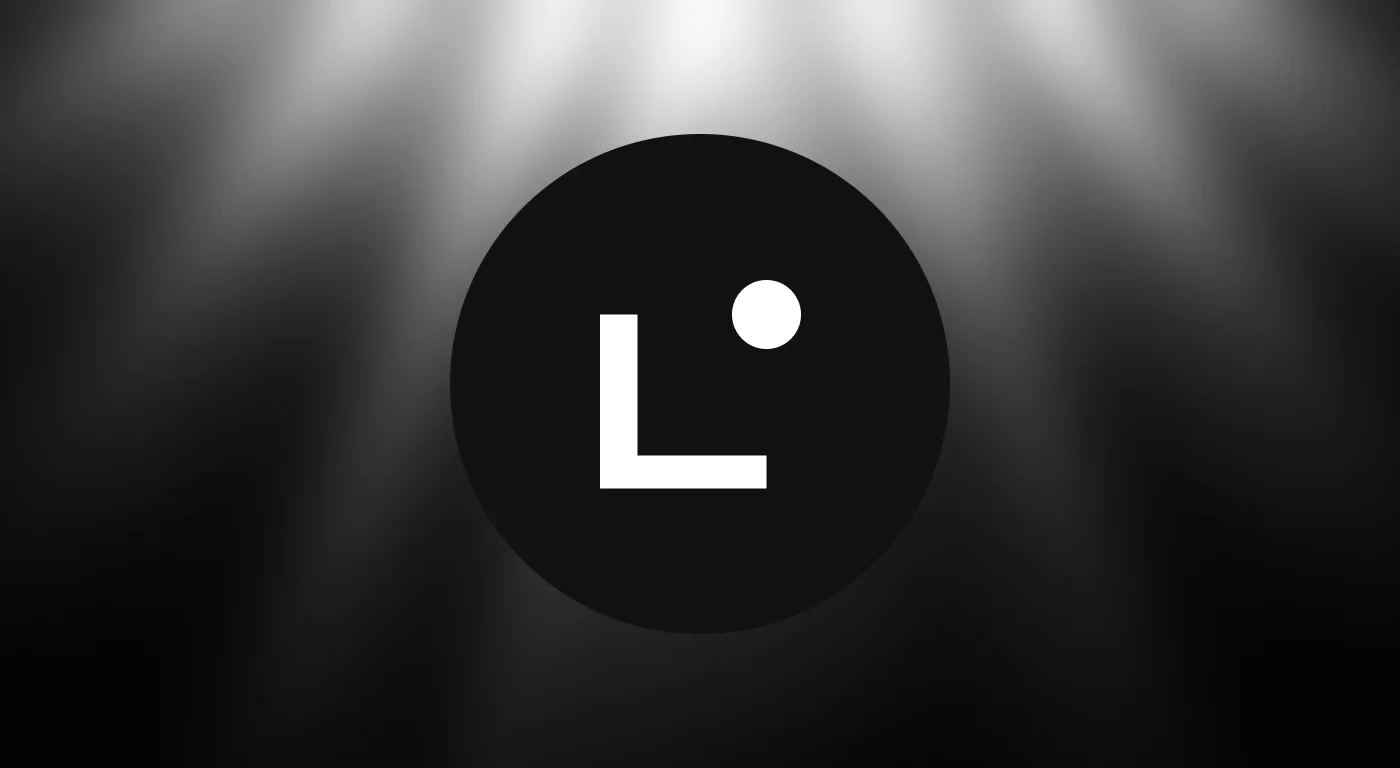
Critical US Inflation Data Released: Bitcoin and Altcoins Rise
The release of the US Consumer Price Index (CPI) data generated excitement in the crypto market. While the Fed is expected to cut interest rates by 50 basis points next week, Bitcoin (BTC) and leading altcoins saw significant gains.CPI data met expectationsThe US CPI came in at 2.9% year-over-year. This rate was fully in line with market expectations and exceeded the previous month's 2.7%. Monthly inflation increased by 0.4%, slightly above the expected 0.3%. The core CPI remained stable at 3.1% year-over-year, while the monthly data came in at 0.3%.The fact that the inflation data were generally in line with forecasts strengthened the possibility of a rate cut at the Fed's September meeting. Markets had been pricing in a 50 basis point cut for a long time. The released figures supported this expectation. Bitcoin nears $114,000Leading cryptocurrency Bitcoin reached $113,759 following the data release. While there was a limited pullback of 0.17% in the last 24 hours, it increased by over 3% on a weekly basis. Trading volume exceeding $51 billion demonstrates continued investor interest. Ethereum (ETH) rose to $4,402, registering a 1.22% daily and 1.13% weekly increase. Ethereum's market capitalization exceeds $538 billion, and expectations of strong institutional demand continue to support the price.Rapid movements in altcoinsXRP traded at $2.97, once again approaching the psychological $3 resistance level. With over 6% weekly gains, XRP attracted investor attention.Solana (SOL) reached $225, up 0.55% in the last 24 hours and 9.45% weekly. Solana's strong ecosystem data and growing developer interest are supporting its price performance.Dogecoin (DOGE) was one of the stars of the week. With a weekly gain exceeding 16%, DOGE rose to $0.24, solidifying its leadership in the memecoin market by surpassing $37 billion in market capitalization.TRON (TRX) also saw strong momentum, posting a daily gain of over 3% and reaching $0.34.Investors await the Fed's decisionAll eyes in the crypto market are now on the Fed's interest rate decision next week. A 50 basis point cut could increase capital inflows into risky assets. The recent recovery in Bitcoin and altcoins suggests this expectation is already factored in.If the Fed does not surprise the markets and lowers interest rates as expected, a new wave of upward movement in crypto assets is expected. However, the fact that inflation data exceeded expectations on a monthly basis also reminds us of the need for caution before any decision.

Avalanche's $1 Billion AVAX Target: Two Crypto Treasury Companies Coming to the US
The Avalanche Foundation is preparing to take a significant step in the crypto markets. According to the Financial Times (FT), the foundation plans to raise a total of $1 billion to establish two crypto treasury companies in the US. The initiative aims to both attract institutional investors and directly add liquidity to the AVAX ecosystem.Two separate deals, one major goalAccording to the FT, citing sources familiar with the matter, the Avalanche Foundation is currently in advanced discussions with investors. The planned structure consists of two deals: The first is a $500 million private investment in a Nasdaq-listed company. This investment is led by Hivemind Capital, with SkyBridge Capital founder Anthony Scaramucci advising on the process. The deal is expected to close by the end of September.The second deal will proceed through a special purpose acquisition company (SPAC) backed by Dragonfly Capital. The target is also $500 million and is expected to close in October. If both deals are completed, a massive $1 billion fund will emerge.To be used for AVAX acquisitionsThe primary use of the capital to be raised is noteworthy: two treasury companies will purchase millions of AVAX from the Avalanche Foundation at discounted prices. This will both provide a significant capital infusion into the Avalanche ecosystem and strengthen AVAX's market position.Recent price movements confirm this interest. AVAX gained over 10 percent in the last 24 hours, reaching $29. This increase demonstrates the market's confidence and expectations in the project.Companies' new strategy: The crypto treasury trendAvalanche's move is actually part of an increasingly popular trend in the crypto world. Especially during 2025, many publicly traded companies began restructuring with the "digital asset treasury" (DAT) model. In this model, companies hold significant amounts of crypto assets on their balance sheets, providing both diversification and offering investors a narrative that promises higher returns. For example, this week, Nasdaq-listed Asset Entities (ASST) agreed to merge with Vivek Ramaswamy's Strive Enterprises, with the approval of its shareholders. Following this merger, ASST will become a fully Bitcoin-focused treasury firm. The Avalanche Foundation's plan similarly aims to integrate AVAX into institutional treasuries. Tokenization Experiments and Major PlayersMeanwhile, the Avalanche network is already being used by major fund managers such as BlackRock, Apollo, and Wellington Asset Management. These institutions are testing fund tokenization on the Avalanche infrastructure. Therefore, new treasury firms will not only create buying pressure for AVAX but also pave the way for Avalanche's wider acceptance in the corporate finance world.
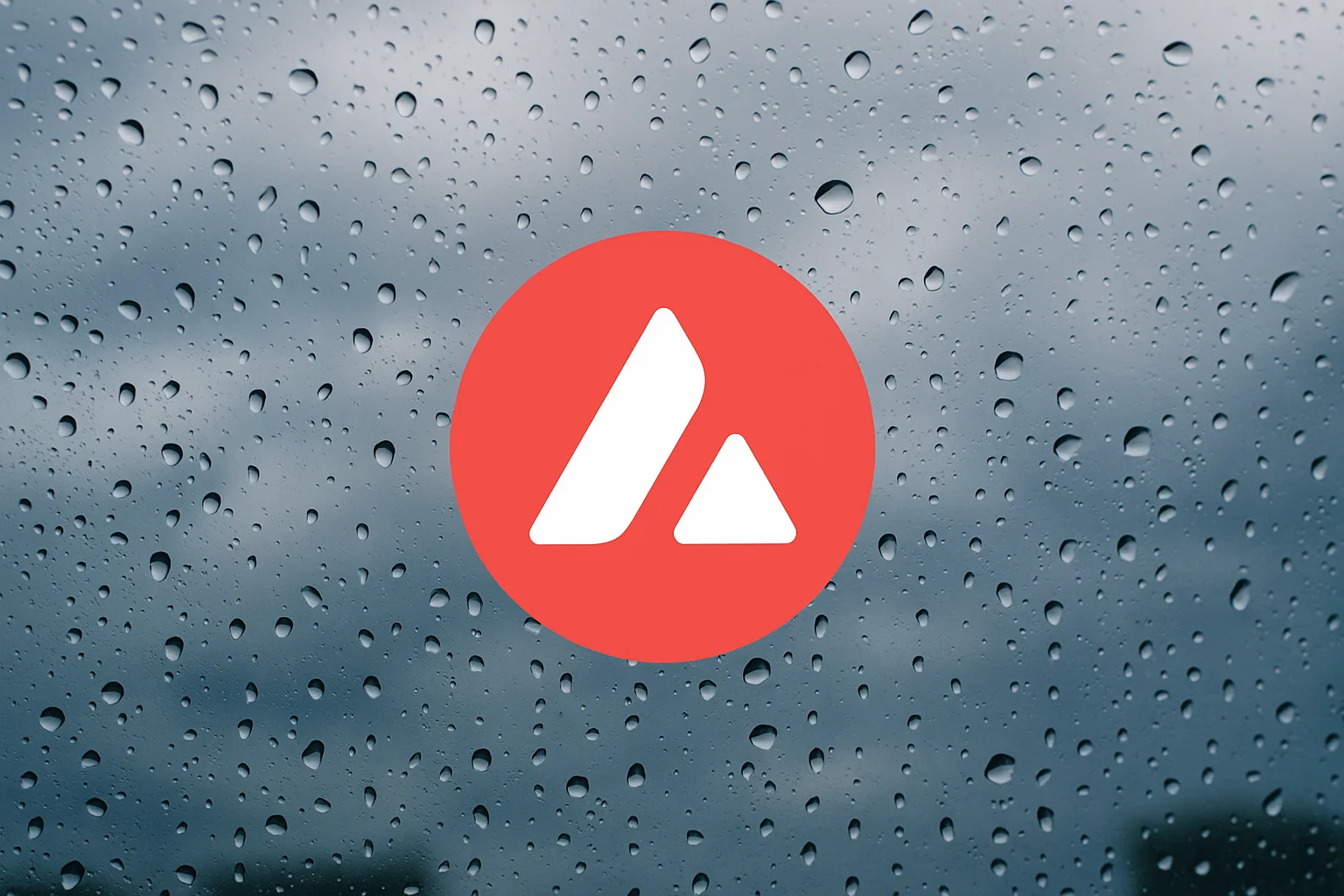
LINEA is Now on the Market: How Was the First Trading Day?
Ethereum's Layer-2 network, Linea, has finally completed its token generation event (TGE) after over two years of its mainnet launch. However, the LINEA token, which launched with high expectations, has been experiencing volatility in its early days.The Initial Price and Drop with the TGEFollowing the TGE, which took place on the night of September 11th (Turkish time), LINEA opened with a market capitalization of approximately $550 million. However, due to selling pressure from airdrop recipients, LINEA's price plummeted. Its market capitalization fell to $382 million, and its fully diluted valuation (FV) fell to $1.7 billion.This situation is familiar to crypto investors. Popular Layer-2 tokens like ARB and OP, which launched in 2024, similarly opened higher and lost 80% of their value. Other Layer-2 projects like ZkSync and Blast also experienced significant declines after the TGE. Technical glitches and airdrop difficulties occurredAnother development that cast a shadow over Linea's TGE was a 46-minute block production outage at midnight. Many users reported difficulties claiming airdrop rights. Linea product manager Declan Fox explained that this outage was caused by a large volume of transaction packets, overloading the network's sequencer.Massive airdrop and distribution detailsAccording to the data, a total of 9.36 billion LINEA tokens were distributed to more than 749,000 addresses. The most striking detail was that a single address received 137 million tokens. In addition, 208 addresses acquired over 1 million LINEA tokens. The initial circulating supply was approximately 22%, or 15.8 billion tokens. The total supply was set at 72 billion, 85% of which was allocated to the ecosystem fund. The token's intended use is not directly for gas payments; it will be used for ecosystem incentives, rewards for those providing liquidity to DeFi protocols, community activities, and developer contributions. Linea also stands out with its two-way burn mechanism: 20% of Ethereum revenues will be burned directly, while the remaining 80% will be repurchased and burned.Listing Process and Trading Volume on ExchangesWith the token's listing, major exchanges such as Binance and OKX saw strong interest. On Binance, LINEA's opening price reached $0.04353, but quickly fell to $0.033. On OKX, it reached $0.055 before settling at $0.045. These fluctuations suggest that the price quickly became volatile due to selling pressure from early investors.Meanwhile, Bitget opened trading for LINEA perpetual contracts with 1 to 50x leverage. Binance and Hyperliquid also converted their pre-market trades to standard perpetual contracts.In parallel with the market opening, Linea launched new campaigns to incentivize liquidity providers and users. According to recent announcements, an additional 12 million LINEA rewards have been added to the liquidity incentive program this week. OKX Wallet also announced a trading competition with a total of 18 million LINEA rewards.Lubin's long-term tipJoseph Lubin, founder of Consensys and co-founder of Ethereum, who supports Linea, stated on social media that LINEA holders could earn additional token rewards in the future. Lubin said that MetaMask and Linea are working to develop these mechanisms.
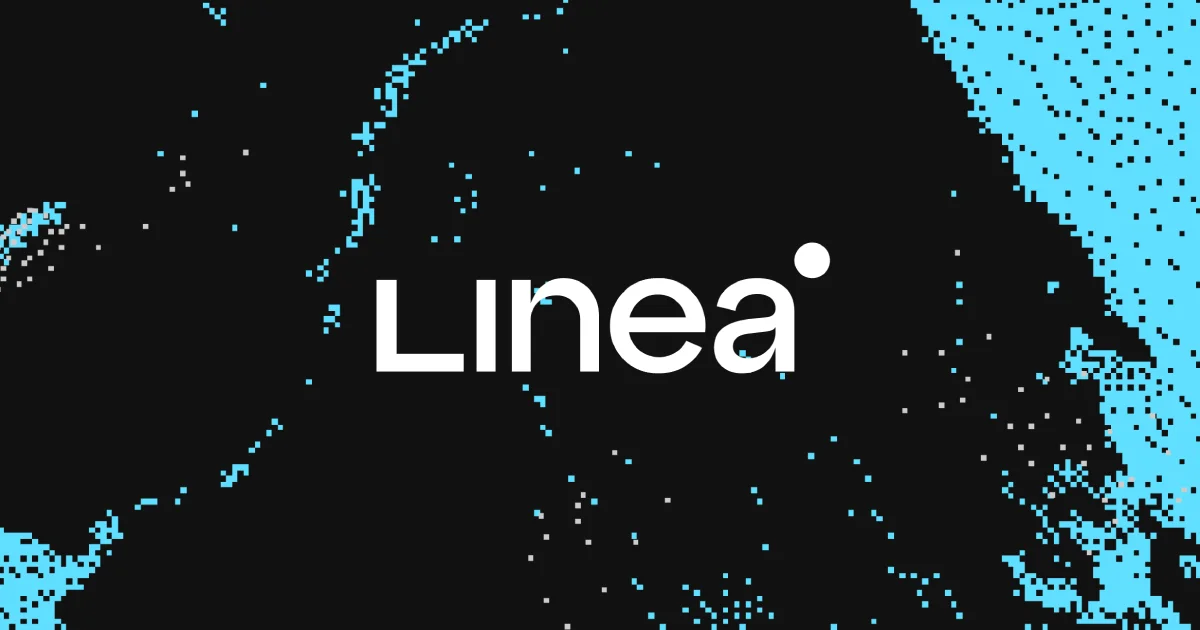
SEC Postpones Decision on Ethereum and 2 Altcoin ETFs Again
The U.S. Securities and Exchange Commission (SEC) has once again extended the decision process for new ETF applications, which the crypto market has been eagerly awaiting. The regulator announced that it needed additional time to review applications for staking-enabled ETFs, particularly those planned for Ethereum. Applications from major financial institutions such as BlackRock, Fidelity, and Franklin Templeton were affected by the decision. The XRP and Solana ETFs were also put on hold.Staking Uncertainty in Ethereum ETFsIn documents published by the SEC on Wednesday, it was stated that its review of several Ethereum ETF applications, including BlackRock's iShares Ethereum Trust, is ongoing. The key difference of these ETFs is that they will offer investors the opportunity to generate additional income through staking. As you may recall, an opinion letter published by the SEC in May stated that certain blockchain staking activities do not fall within the scope of securities. This statement created expectations in the markets that staking could be approved for ETFs. However, the SEC recently postponed Grayscale's request to add staking to its Ethereum ETF. Recent decisions indicate that the regulator has still not taken a clear stance on this issue.XRP and Solana ETFs also on holdFranklin Templeton's proposed XRP and Solana-focused spot ETFs suffered the same fate. The company submitted its application in March, but the SEC extended the process for these products as well. This has once again delayed the launch of products that would provide institutional investors with access to assets other than Bitcoin and Ethereum in the crypto market.Still, market participants are hopeful. Bitwise CIO Matt Hougan stated that they expect a strong performance for Solana, particularly towards the end of the year, and that ETF approvals could accelerate this process. In addition to Franklin Templeton, institutions such as Grayscale, VanEck, Fidelity, Invesco/Galaxy, and Canary Capital have also submitted applications for the Solana ETF. More than 90 ETF applications are on the tableAccording to data compiled by Bloomberg Intelligence analyst James Seyffart, more than 90 crypto ETF applications are currently before the SEC. McKayResearch founder James McKay stated in a post on the social media platform X, "At this rate, we will see an ETF application for each of the top 30-40 cryptocurrencies within 12 months." The increase in ETF applications demonstrates the continued appetite of traditional financial institutions for cryptocurrencies. Staking, in particular, is attracting significant interest because it offers investors an additional source of income. However, the SEC's delaying policy continues to create uncertainty in the markets in the short term.The SEC's decision to delay the application once again demonstrates the challenging nature of the crypto ETF process. Staking on Ethereum could make investment products more attractive than ordinary funds. However, this very innovative feature is causing the regulator to take its decisions slowly.
